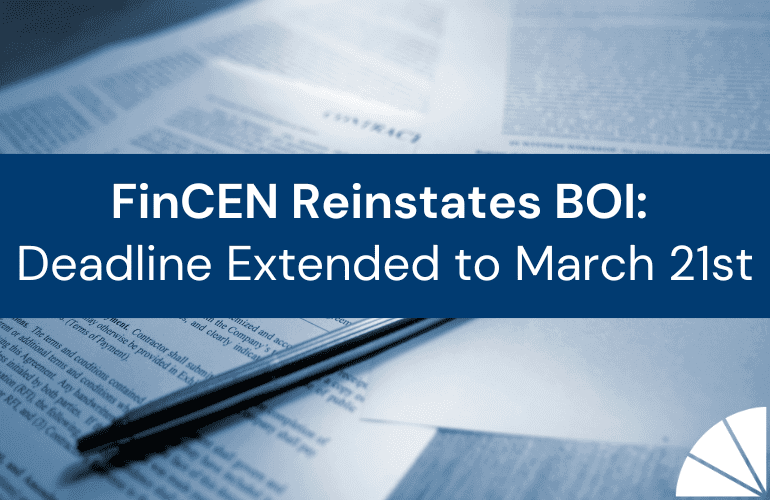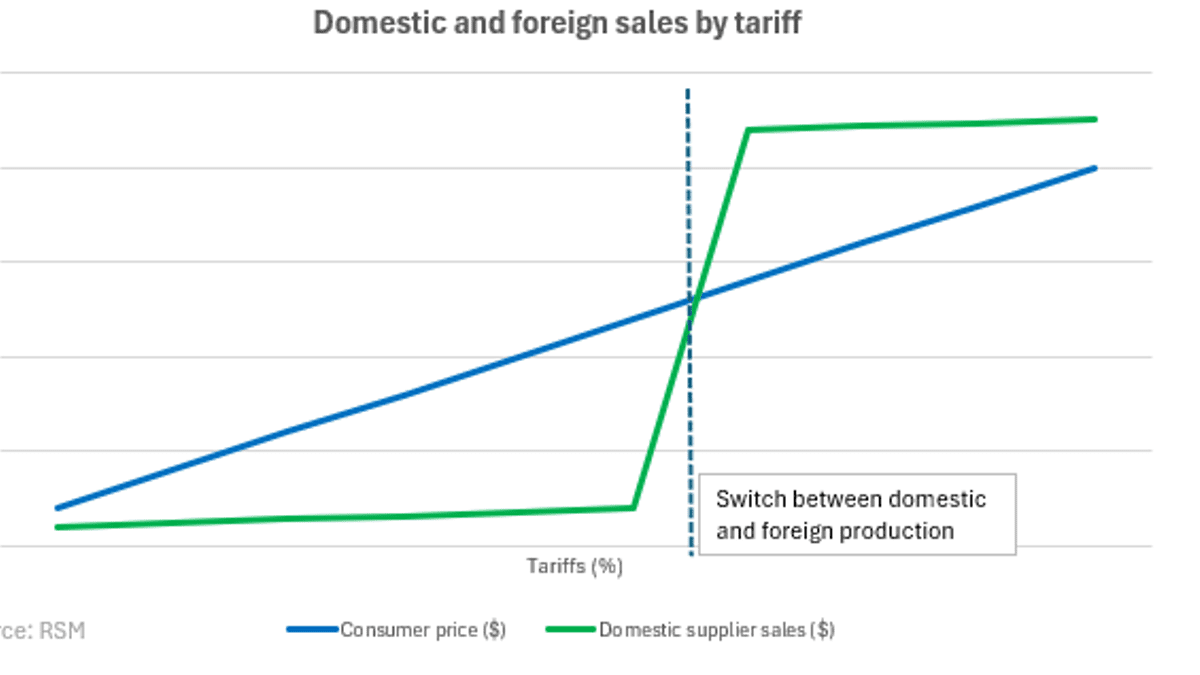
Cost segregation is a highly beneficial and widely accepted tax planning strategy utilized by real estate investment companies to accelerate depreciation deductions, defer tax and improve cash flow. Cost segregation studies can benefit taxpayers who purchase, construct, expand, or renovate real estate property. A study can take the cost of each component of a qualifying real estate investment and reclassify and break it down among shorter recovery periods; in turn, you can accelerate depreciation, uncover missed deductions, reduce tax liability, and increase cash flow. Accessing these benefits may be challenging without the help of a cost segregation study, so I want to cover what you can expect in terms of process and preparation.
Cost Segregation Study: The Process
A cost segregation study is performed by a specialized, independent, third-party engineer. Through interviews, on-site inspections, and assessment of documentation, the engineer will identify and reclassify personal property assets. These engineers often rely on their expertise to estimate unknowns, which is why I recommend going with a professional service. I frequently work alongside cost segregation professionals and will gladly refer clients in need.
The study will result in a formal report on findings that is designed to assist you and your accountant in implementing accelerated depreciation methods that maximize your income and minimize your tax liability. This report backs your asset classification and deductions by professional opinion and helps you prepare in the event of an IRS audit.
All real estate investment companies, situations, and projects will have their own set of variables affecting ultimate deductions and benefits. That’s why I recommend performing a cost-benefit analysis before jumping into a study head-first. You want to make sure the expected tax benefits outweigh the estimated cost of the study. To do that effectively, it’s important to know a few things about accelerated depreciation.
The Benefits of Accelerated Depreciation
Since the TCJA, accelerated depreciation methods, including Section 179 deductions and bonus depreciation, have become more obtainable and advantageous for real estate investment companies. The Section 179 deduction is a great way to immediately expense qualifying property and equipment you purchase or finance and place into service within the tax year. For 2020, the deduction limit is $1,040,000 for new and used property, and the spending cap on equipment purchases is $2,590,000. Once the spending cap has been reached for the year, the deduction begins to phase out, dollar-for-dollar, and phases out completely at $3,630,000. In years without a taxable loss, you can deduct 100% of your qualified purchases from your gross income. In applying the deduction across multiple asset purchases, I recommend prioritizing the assets with the longest depreciation periods to maximize your immediate benefits.
Qualified, non-residential real property includes qualified improvement property (QIP), since the TCJA, as well as HVAC, roofing, and security and fire systems. And, since the technical correction in the CARES Act legislation, QIP qualifies for a 15-year depreciation period. QIP placed into service after September 27, 2017, through 2022, also qualifies for 100% bonus depreciation. In 2023, that percentage begins phasing down 20% per year, until it is phased out completely by 2027. In contrast to Section 179, bonus depreciation can create a loss, and it has no limit and no cap. Bonus depreciation is determined based on a qualifying asset’s class life, and is generally allowed for assets classified as or below 20-year properties.
Strategic Plans Best-Suited for You
Ahead of their decision to get a cost segregation study, I look over potential benefit scenarios with my clients, and I remind them not to focus solely on the current year when considering potential savings. Future savings may factor in, and a change of accounting method may allow them to claim prior years’ depreciation deductions. Contact the cost segregation professionals you’ve chosen or have been referred to for more information and pricing estimates. Once you have a well-rounded cost-benefit analysis, you’ll be ready to move forward with the plan that works best for you.
Contact LGA
LGA’s Real Estate Investment Services Team makes tax minimization a priority, so more funds are available for your future investments. My team is committed to providing proactive communications and timely solutions as regulatory changes occur, so you’re informed ahead of the key decisions you make. Contact me today to discuss your strategy.






